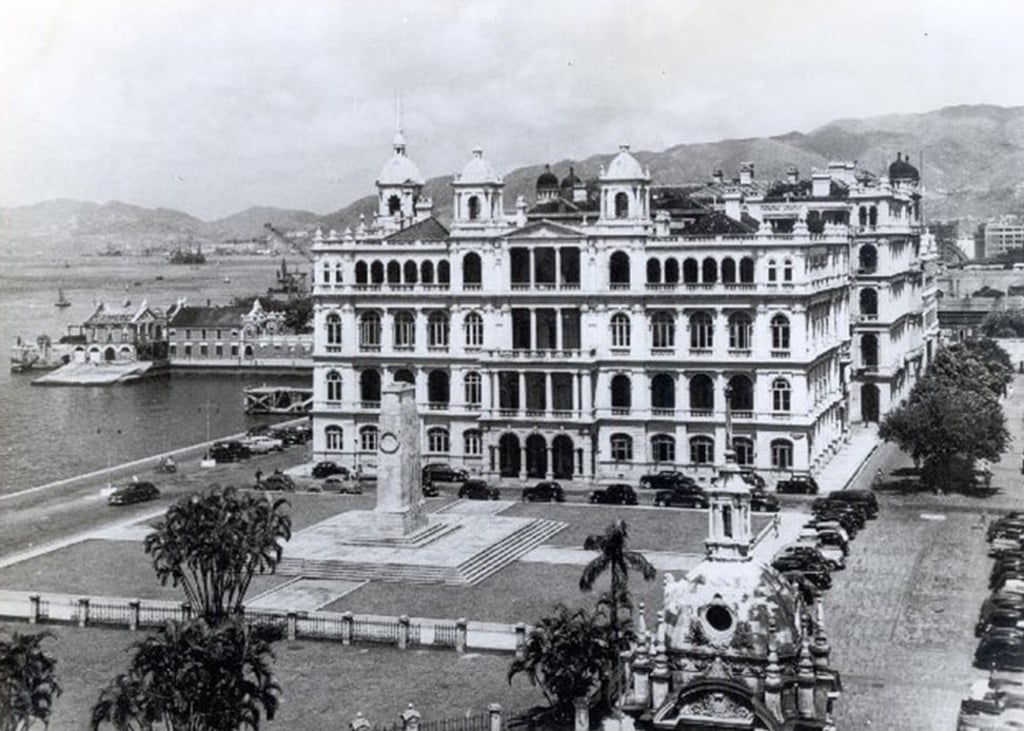Private member clubs in Hong Kong: social injustice or social leveller? The tide of history may be running against them
- To their defenders, Hong Kong’s private clubs have always been places where ‘ordinary people can consort with others less ordinary on an equal basis’
- To their critics, seeing how much of the community they exclude, they embody social inequality, nowhere more so than in the preferential land rents they pay

Hong Kong in the 1840s was not a promising place. Rocky, deforested and infested with malaria, the newly established British colony was dominated by hard-drinking military men, opium smugglers and migrant labourers. There were no public schools or parks, and the one and only hospital had been destroyed by a typhoon six months after it was built.
So when a group of British merchants moved to the island, they decided what Hong Kong really needed was a club.
“Clubs appeared across the British Empire – in Madras [in eastern India], Bombay in western India], Penang [in Malaysia] and Sydney [in Australia],” writes England. “At the club there would be mail, and newspapers. There would be fellow traders and an entry point into local society, where all the latest intelligence about local wars or large personalities could be gleaned. Clubs were vital to the functioning of the Empire then, in a way that can only be imagined today.”

The Hong Kong Club was launched in May 1844, and its first clubhouse opened two years after that. From the very beginning, its members were a “Who’s Who of early Hong Kong”, England writes, including merchants, military men and government officials.
It would eventually be followed by dozens of private members’ clubs – for ladies, for longshoremen, police officers and sailing enthusiasts. Today, there are 586 licensed clubs in Hong Kong, according to Home Affairs Department figures.